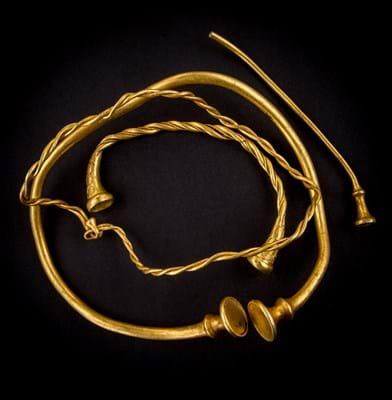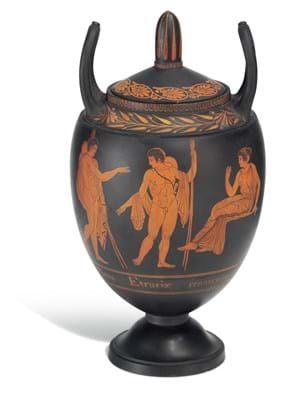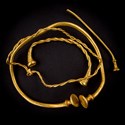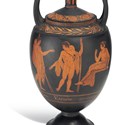Stoke-on-Trent City Council and the Friends of the Potteries museum raised the £482,500 necessary to buy the Wedgwood First Day’s vase and prevent it from leaving the UK.
The black basaltes encaustic-decorated First Day’s vase had been on loan to the Potteries museum for 35 years until it was withdrawn by its owner and sold at Christie’s Exceptional Sale in London in July 2016.
The vase, which sold for a premium-inclusive £482,500, is one of only four known to have been made by Josiah Wedgwood on the opening day of his factory in Staffordshire.
Following the Christie’s auction the new owner applied for an export licence but the government issued a temporary export bar, giving UK buyers the chance to purchase it and keep it in the UK.
The fundraising target was reached during the week of the 248th anniversary of the vase being made by Wedgwood’s own hands on the opening day of his factory at Etruria on June 13, 1769. Donations came in from hundreds of members of the public, as well as from funding bodies including the National Heritage Memorial Fund, Art Fund, Arts Council/V&A Purchase Grant Fund, The Denise Coates Foundation and Trentham Estates and Gardens (St Modwen) – as well as trusts and local businesses.
Ian Lawley, chairman of the Friends of the Potteries Museum & Art Gallery, said: “We are thrilled that the vase is finally home. It brings together so many important aspects of our history: The opening of the first modern pottery factory at Etruria, Wedgwood’s tireless experimentation with new ceramic bodies, his marketing genius, and the influence of classical antiquity on British taste – among other things.”
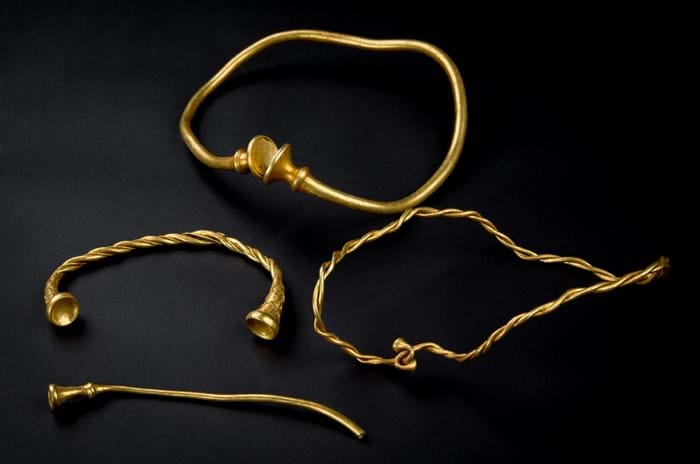
The Potteries Museum & Art Gallery in Stoke-on-Trent is hoping to raise funds to buy this collection of torcs, the earliest example of Iron Age gold ever discovered in Britain. Photo from Staffordshire County Council.
The torcs, the earliest example of Iron Age gold ever discovered in Britain, have been valued at £325,000 by a panel of independent experts known as the Treasure Valuation Committee.
The Potteries museum now has three months to raise the money so that they can be kept on public display.
The ancient treasures were unveiled at The Potteries in February after they were found by metal detectorists in a farmer’s field in Leek.
The museum is hoping to raise the funds to buy the Leekfrith Torcs from donations which can be made in person at the museum on online via http://www.stokemuseums.org.uk/leekfrithtorcs.
Stoke-on-Trent City Council leader Dave Conway said: “These treasures show yet again the rich cultural history of Stoke-on-Trent and Staffordshire, at a time when we are bidding to be the UK City of Culture 2021.
British Museum curator of British and European Iron Age collections Julia Farley said: “These beautiful gold torcs are a find of international importance. At almost 2,400 years old, they are probably the earliest Iron Age gold objects ever found in Britain. The decoration on the delicate bracelet is also some of the earliest Celtic art from these islands.
“Nothing like this hoard has ever been found in Britain before. I very much hope that this incredible find can be acquired by the Potteries Museum and Art Gallery in Stoke-on-Trent, where it can be displayed for everyone to see, close to where it was carefully buried on a hilltop, thousands of years ago.”


